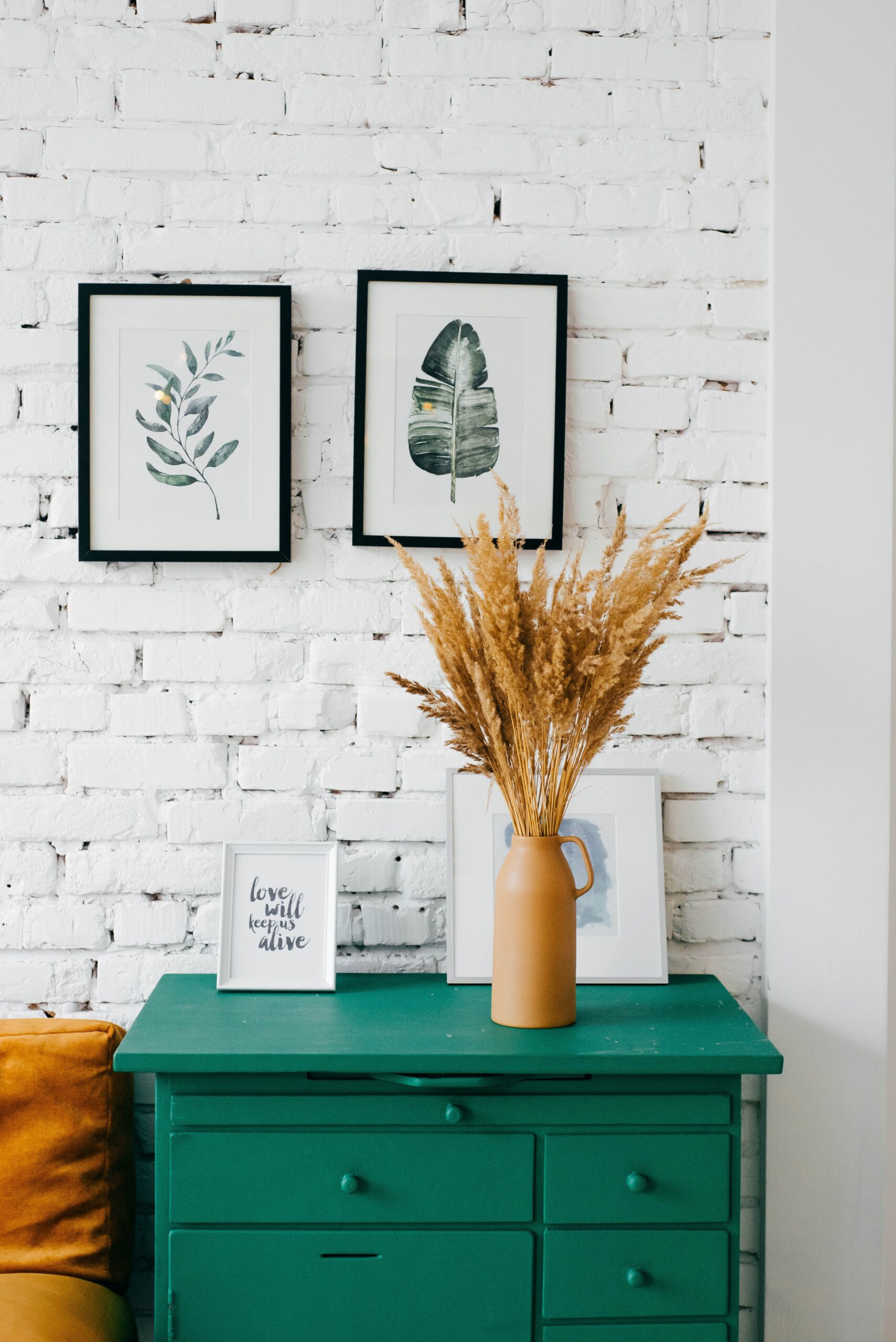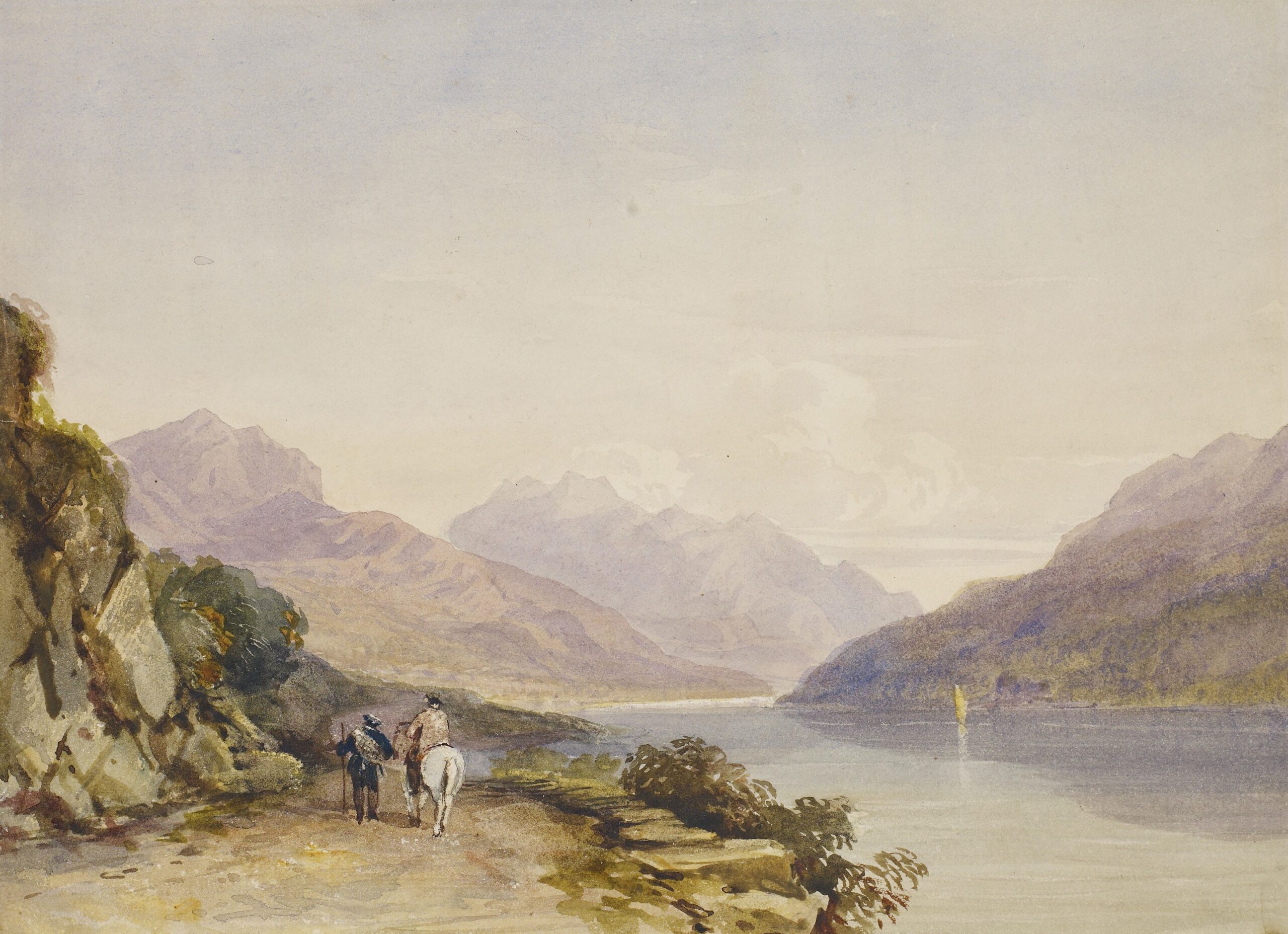Gouache paint, known for its opaque and vibrant colors, is a popular choice for artists and creative enthusiasts. However, one burning question often arises: does gouache paint stain clothes? The answer to this inquiry holds significant importance, as many artists are cautious about accidental spills or splatters. In this article, we’ll explore the potential effects of gouache paint on clothing, providing insights to help you safeguard your wardrobe while indulging in your artistic expressions.
What is Gouache Paint?
Definition and characteristics
Gouache paint is a type of opaque watercolor that is commonly used in various artistic applications, including painting on fabric. It is made by combining pigments, binders, additives, and water to create a creamy and vibrant paint mixture. Gouache paint differs from traditional watercolor in that it contains a higher concentration of pigment, resulting in a more opaque and vibrant finish.
Gouache paint is known for its versatility and ease of use. It can be applied with a brush, sponge, or even directly from the tube. It dries quickly to a matte finish, providing a smooth and even surface. Gouache can be used on a wide range of surfaces, including paper, canvas, and fabric, making it a popular choice among artists and crafters alike.
Composition and properties
Gouache paint is typically composed of pigments, binders, additives, and water. The pigments are the colorants that give gouache its vibrant hues. These pigments are finely ground and suspended in a binder, which helps adhere the paint to the fabric.
Additives such as fillers and preservatives may also be included in the formulation of gouache paint. These additives serve various purposes, such as improving the texture and consistency of the paint, enhancing its durability, and preventing the growth of mold or bacteria.
Water is added to the paint mixture to create a fluid and workable consistency. The amount of water used can affect the opacity and drying time of the paint. Gouache paint is water-soluble, which means it can be reactivated with water even after it has dried.
Why Gouache Paint is Popular
Versatility and application
One of the key reasons why gouache paint is popular is its versatility. It can be used on a wide range of surfaces, including fabric. This makes it a great choice for creating custom designs on clothing, accessories, and home decor items. Gouache paint can be applied with brushes, sponges, or even directly from the tube, allowing for various techniques and effects.
Opaque and vibrant colors
Gouache paint is known for its opaque and vibrant colors. Unlike traditional watercolor, which is transparent, gouache paint offers excellent coverage and color intensity. This makes it ideal for creating bold and eye-catching designs on fabric. The opaque nature of gouache paint also allows for layering and blending of colors, resulting in rich and dynamic artworks.
Matte finish
Gouache paint dries to a matte finish, which gives a smooth and velvety appearance to the painted surface. This matte finish is particularly desirable for fabric painting, as it helps to minimize shine and glare. The absence of a glossy finish also allows for a more subtle and sophisticated look, making gouache paint a popular choice among artists and designers.
Ease of use and mixing
Another reason why gouache paint is popular is its ease of use. It has a creamy consistency that is easy to work with and control. Gouache paint can be easily thinned with water or mixed with other colors to create new shades and gradients. This makes it suitable for both beginners and experienced artists, as it offers a wide range of possibilities for creativity and experimentation.

This image is property of images.unsplash.com.
Staining Factors in Gouache Paint
Pigment quality
The quality of the pigments used in gouache paint can have a significant impact on its staining potential. High-quality pigments are less likely to stain fabric, as they have good lightfastness and resistance to fading. It is important to choose gouache paints that are formulated with high-quality pigments to minimize the risk of staining.
Paint opacity
The opacity of the gouache paint can also affect its staining potential. Gouache paints that have a higher opacity are more likely to leave stains on fabric, as the pigment particles tend to adhere more strongly to the fibers. It is recommended to choose gouache paints with a lower opacity if you are concerned about staining.
Surface porosity
The porosity of the fabric surface can influence how easily gouache paint is absorbed and retained by the fibers. Fabrics with a more porous surface, such as cotton or linen, are more prone to staining, as the paint can penetrate deeper into the fibers. Fabrics with a tighter weave or a smooth surface, such as polyester or silk, are less likely to stain, as the paint sits more on the surface.
Fabric material
The type of fabric used can also impact the staining potential of gouache paint. Natural fibers, such as cotton and linen, tend to absorb and retain more paint, making them more susceptible to staining. Synthetic fibers, such as polyester and nylon, have a smoother surface and are less likely to absorb the paint. It is important to consider the fabric material when working with gouache paint to minimize staining.
Fabric color
The color of the fabric can also affect the visibility of gouache stains. Light-colored fabrics may show stains more prominently, while dark-colored fabrics may camouflage stains to some extent. If you are concerned about staining, it is advisable to choose fabrics with a darker or busy pattern, as this will help conceal any potential stains.
Preventing Gouache Stains
Setting up a workspace
One of the key steps in preventing gouache stains is setting up a proper workspace. Make sure to cover your work surface with a protective layer, such as a plastic sheet or newspaper. This will help catch any accidental spills or drips, preventing them from coming into contact with your clothing.
Choosing appropriate clothing
When working with gouache paint, it is important to wear clothing that you don’t mind getting stained. Opt for old clothes or wear a smock or apron to protect your clothing from accidental spills or splatters. Avoid wearing loose and flowing garments that can easily come into contact with wet paint.
Using protective measures
In addition to wearing appropriate clothing, you can also use protective measures to prevent gouache stains. Wear gloves when handling wet paint to avoid direct contact with your hands. If you are working on a large fabric surface, consider using masking tape or adhesive stencils to create borders or patterns. This will help contain the paint within specific areas and minimize the risk of accidental spills or smudges.

This image is property of images.unsplash.com.
Removing Gouache Stains
Immediate action
If you notice a fresh gouache stain on your clothing, it is important to take immediate action to prevent it from setting. Start by blotting the stain gently with a clean cloth or paper towel to remove any excess paint. Avoid rubbing or smearing the stain, as this can further embed the paint into the fabric fibers.
Pre-treating stained clothing
Once you have removed the excess paint, pre-treat the stained area with a stain remover or liquid detergent. Apply a small amount of the stain remover directly to the stained area and gently rub it in using a soft brush or your fingers. Allow the stain remover to penetrate the fabric for a few minutes before laundering.
Washing instructions
After pre-treating the stained clothing, wash it according to the fabric care instructions. Use cold water and a gentle cycle to minimize the risk of setting the stain. Avoid using hot water or harsh detergents, as these can cause the stain to become more difficult to remove. Check the clothing after washing to ensure that the stain has been completely removed before drying.
Stain Removal Techniques
Cold-water method
For fresh gouache stains, the cold-water method can be effective in removing the stain. Start by rinsing the stained area under cold running water to remove as much paint as possible. Gently rub the fabric together to loosen the paint particles. Continue rinsing and rubbing until the water runs clear and no more paint is coming off.
Stain-removal products
There are various stain-removal products available that can help remove gouache stains from fabric. Look for products specifically designed for removing paint stains or general stain removers that are safe for use on fabrics. Follow the instructions on the product packaging and test it on a discreet area of the fabric before applying it to the stained area.
Baking soda paste
Baking soda can also be used to remove gouache stains from fabric. Mix baking soda with a small amount of water to create a paste. Apply the paste to the stained area and gently rub it in using a soft brush or your fingers. Allow the paste to sit on the fabric for a few minutes before rinsing it off with cold water. Repeat the process if necessary until the stain is completely removed.
Vinegar solution
Vinegar is another household ingredient that can help remove gouache stains from fabric. Mix equal parts of vinegar and water to create a solution. Soak the stained fabric in the vinegar solution for a few minutes. Gently rub the stained area with your fingers or a soft brush. Rinse the fabric thoroughly with cold water to remove the vinegar solution and any residual paint.
Lemon juice
Lemon juice can also be used to remove gouache stains from fabric. Squeeze fresh lemon juice onto the stained area and allow it to sit for a few minutes. Gently rub the stained fabric together to loosen the paint particles. Rinse the fabric under cold running water until the water runs clear. Wash the fabric as usual to remove any remaining paint residue and lemon juice.

This image is property of images.unsplash.com.
Tips for Gouache Paint and Clothing
Testing paint on fabric
Before starting a project with gouache paint, it is recommended to test the paint on a small and inconspicuous area of the fabric. Apply a small amount of paint to the fabric and allow it to dry. Check the fabric after it has dried to ensure that the paint adheres well and does not stain or bleed. If the paint does not perform well on the fabric, consider using an alternative paint or changing your technique.
Mixing gouache for fabric use
When mixing gouache paint for fabric use, it is important to consider the opacity and color fastness of the pigments. Adding too much water or using pigments with low opacity can result in a more translucent finish that may require multiple layers for adequate coverage. Mixing gouache paints with a higher concentration of pigment can help achieve a more opaque and vibrant result on fabric.
Protective clothing and aprons
To protect your clothing from gouache stains, it is advisable to wear a smock, apron, or old clothes that you don’t mind getting stained. Choose clothing that covers your arms and legs to minimize the risk of accidental paint splatters or spills. Consider wearing gloves to protect your hands and prevent direct contact with the wet paint.
Proper paint application techniques
Using proper paint application techniques can help minimize the risk of gouache stains on fabric. Apply the paint with a brush or sponge in smooth and even strokes. Avoid applying excessive pressure or saturating the fabric with paint, as this can increase the likelihood of staining. Allow each layer of paint to dry before applying additional layers to prevent smudging or bleeding.
Storing and caring for painted garments
After completing a project with gouache paint, it is important to properly care for and store the painted garments. Allow the paint to fully dry before wearing or storing the clothing to prevent smudging or transfer of the paint. If necessary, iron the painted fabric on low heat with a cloth or paper towel placed between the iron and the fabric to set the paint. When storing the painted clothing, avoid folding or stacking them in a way that can cause the paint to crack or peel.
Alternatives to Gouache Paint on Fabric
Acrylic paint
Acrylic paint is a popular alternative to gouache paint for fabric application. Unlike gouache, acrylic paint dries to a permanent and flexible finish, making it suitable for clothing that will undergo regular wear and laundering. Acrylic paint offers a wide range of colors and can be mixed to create various shades. It provides good coverage and adhesion to fabric, resulting in long-lasting and vibrant designs.
Fabric paint
Fabric paint is specifically formulated for use on fabric and offers excellent adhesion and durability. It is available in various formulations, including acrylic, oil-based, and water-based. Fabric paint provides vibrant colors and can be easily applied to fabric with brushes, sponges, or stamps. Depending on the formulation, fabric paint may require heat-setting to ensure that the design is permanent and resistant to washing.
Watercolor paint
While watercolor paint is traditionally used on paper, it can also be used on fabric with the right techniques and preparations. Watercolor paint offers a transparent and delicate finish on fabric, creating a more subtle and artistic effect. It is important to note that watercolor on fabric is not as permanent or durable as other paint options, and the design may fade or wash out over time. It is recommended to use watercolor on fabric for decorative purposes rather than on clothing that will undergo regular wear and laundering.

Frequently Asked Questions
Can gouache paint be permanent on fabric?
Gouache paint is not inherently permanent on fabric. While it can adhere well to fabric and offer good color coverage, the paint may eventually fade, crack, or wash out with repeated laundering. To improve the permanence of gouache paint on fabric, it is advisable to apply a fabric medium or heat-set the design according to the manufacturer’s instructions. This can help the paint become more resistant to washing and increase its durability on fabric.
Can gouache stains be removed from delicate fabrics?
The success of removing gouache stains from delicate fabrics depends on various factors, including the type of fabric and the stain removal techniques used. Delicate fabrics, such as silk or lace, require extra care and gentle handling to avoid damaging the fibers. It is recommended to test any stain removal method on a discreet area of the fabric before applying it to the stained area. If in doubt, it is best to consult a professional cleaner or dry cleaner for advice on removing gouache stains from delicate fabrics.
Can gouache paint be used on different fabric materials?
Gouache paint can be used on a wide range of fabric materials, including natural and synthetic fibers. However, it is important to consider the staining potential of specific fabric materials and take appropriate precautions. Fabrics with a more porous surface, such as cotton or linen, may absorb the paint more readily and are more likely to stain. Fabrics with a smoother surface, such as polyester or silk, are less likely to stain, but the paint may not adhere as strongly. It is recommended to test the paint on a small area of the fabric before applying it to the entire surface.
Does gouache paint work on dark-colored fabrics?
Gouache paint can be used on dark-colored fabrics, but it may not show up as prominently as on lighter fabrics. The opaque nature of gouache paint allows for better coverage on dark fabrics compared to transparent watercolor, but the colors may appear less vibrant. To enhance the visibility of the gouache paint on dark-colored fabrics, consider using lighter or brighter colors or applying multiple layers of paint.
Can gouache paint be used on clothing for regular wear?
While gouache paint can be used on clothing for regular wear, it is important to note that it may not be as permanent or durable as other paint options. Gouache paint can fade, crack, or wash out with repeated laundering, especially on garments that undergo frequent washing or friction. To improve the longevity of gouache designs on clothing, it is recommended to apply a fabric medium or heat-set the paint according to the manufacturer’s instructions. This will help the paint become more resistant to washing and increase its durability on fabric.
Conclusion
Gouache paint offers artists and crafters a versatile and vibrant option for creating custom designs on fabric. Its opaque and vibrant colors, matte finish, and ease of use make it a popular choice for fabric painting. However, the staining potential of gouache paint depends on various factors, including the quality of pigments, fabric porosity, and colorfastness. By following proper techniques for preventing and removing stains, as well as considering alternative paint options, it is possible to enjoy the creative possibilities of gouache paint while minimizing the risk of staining clothing.




